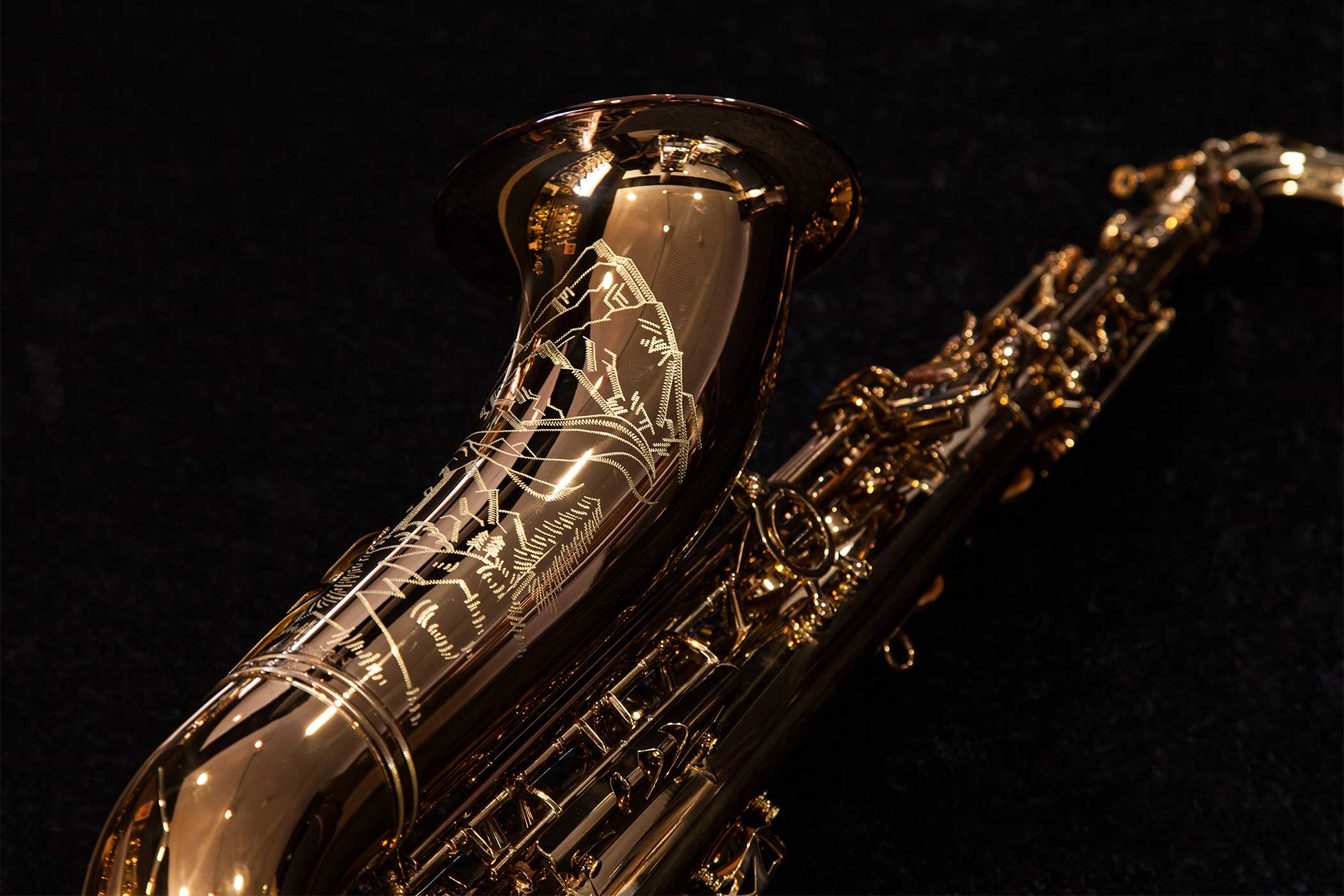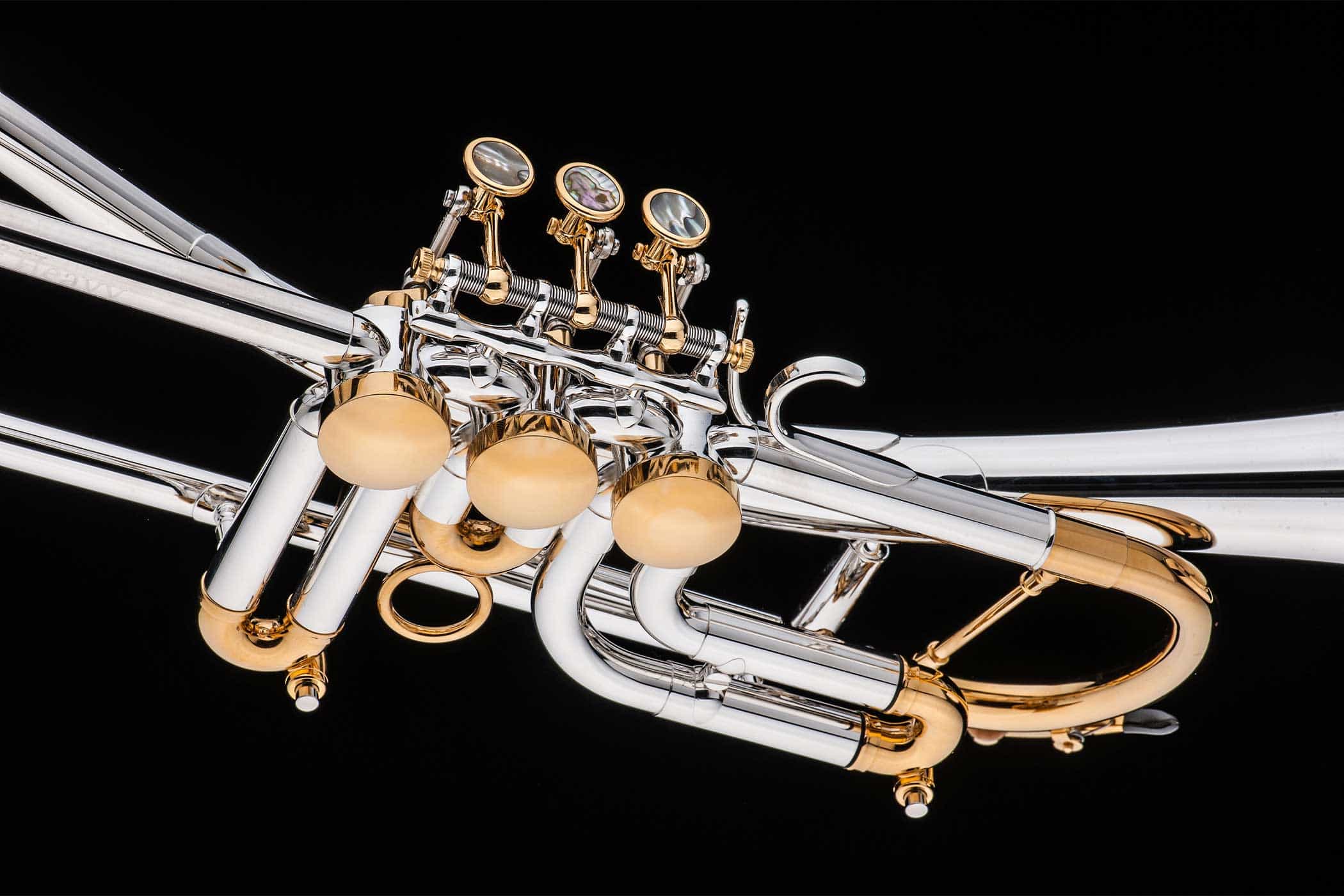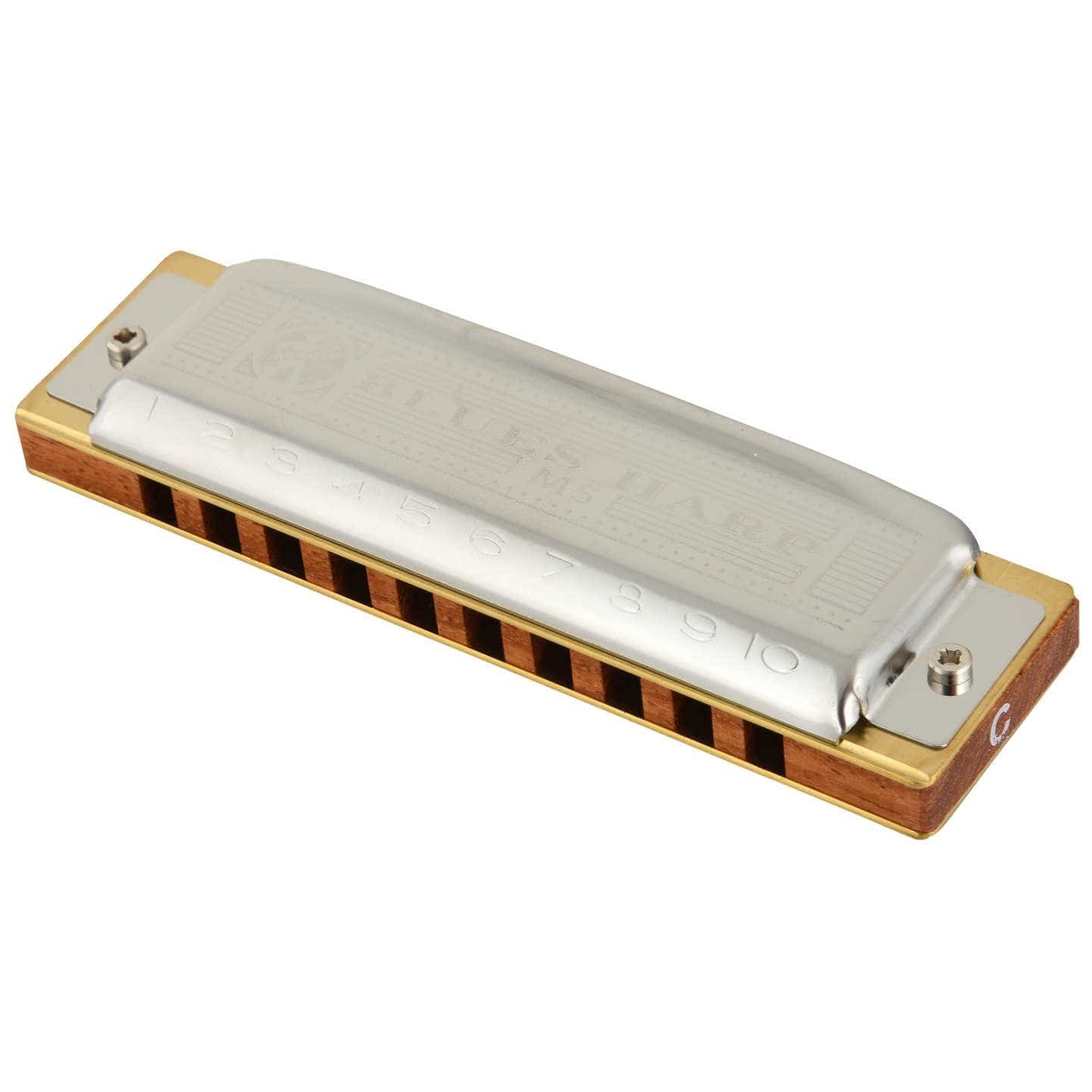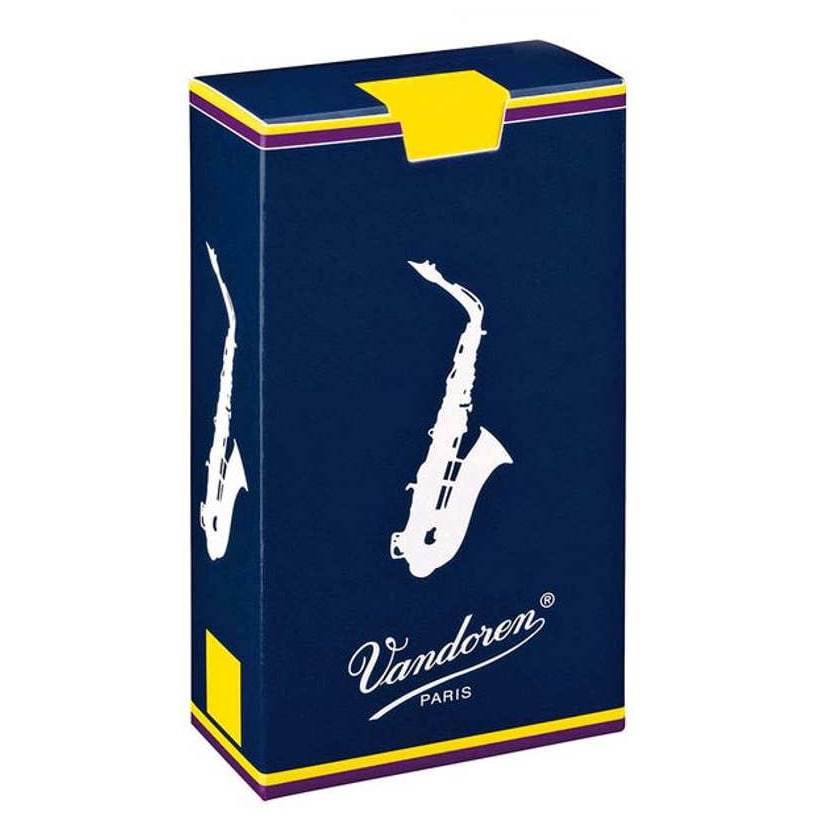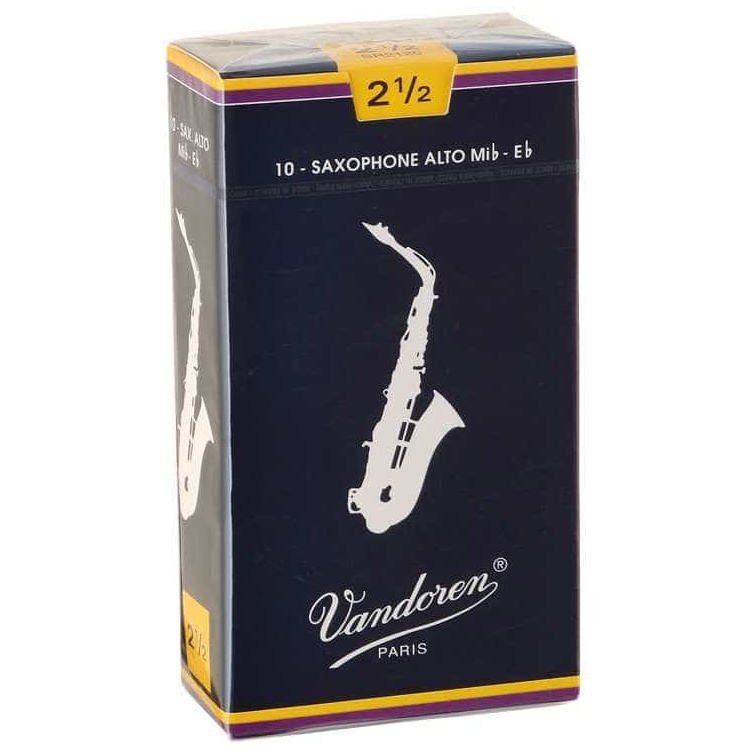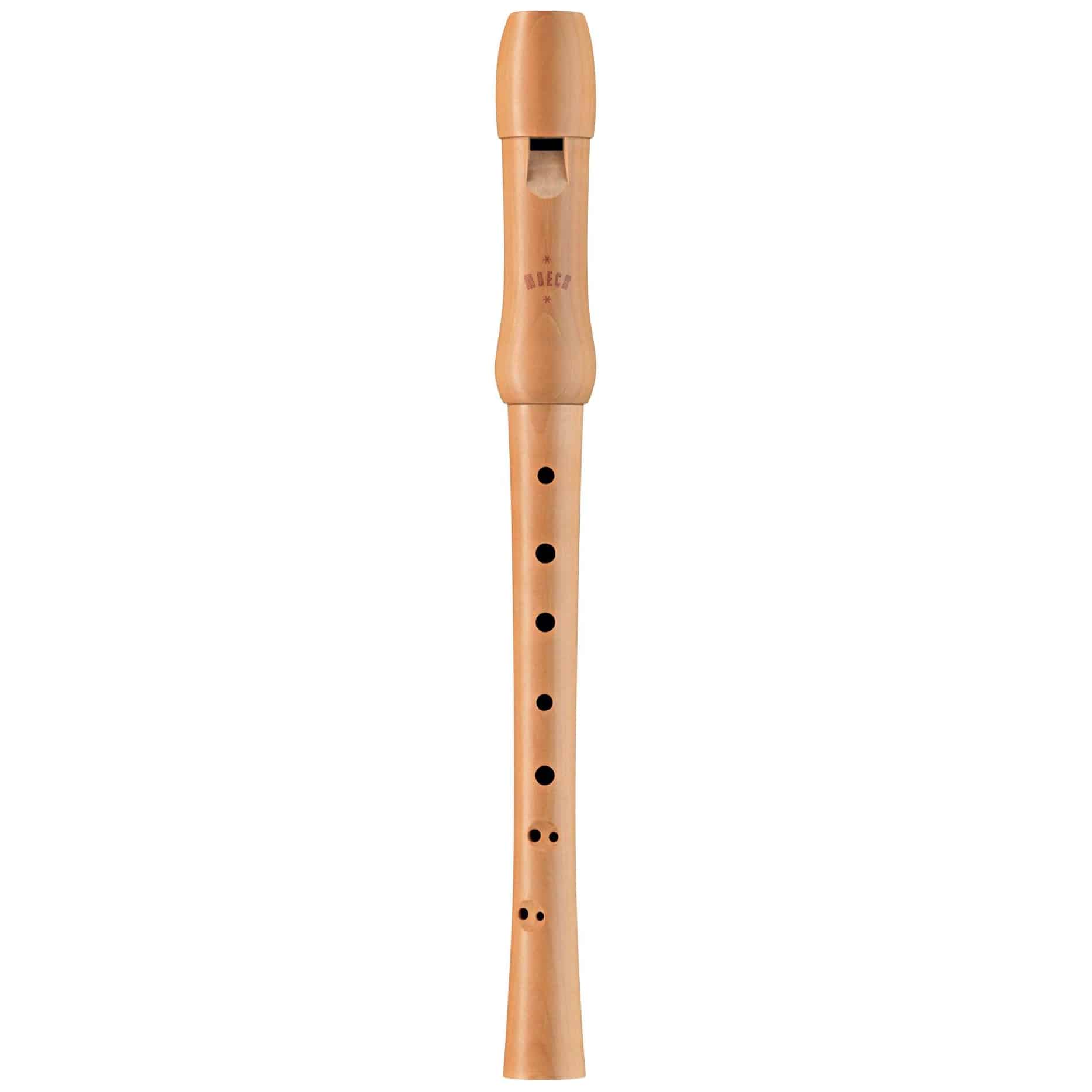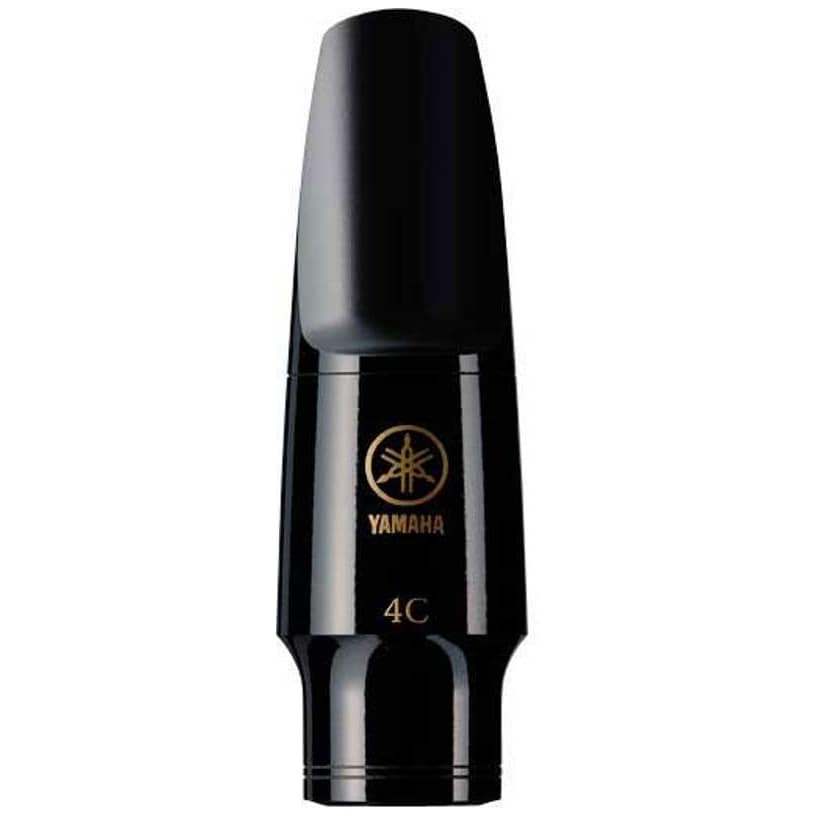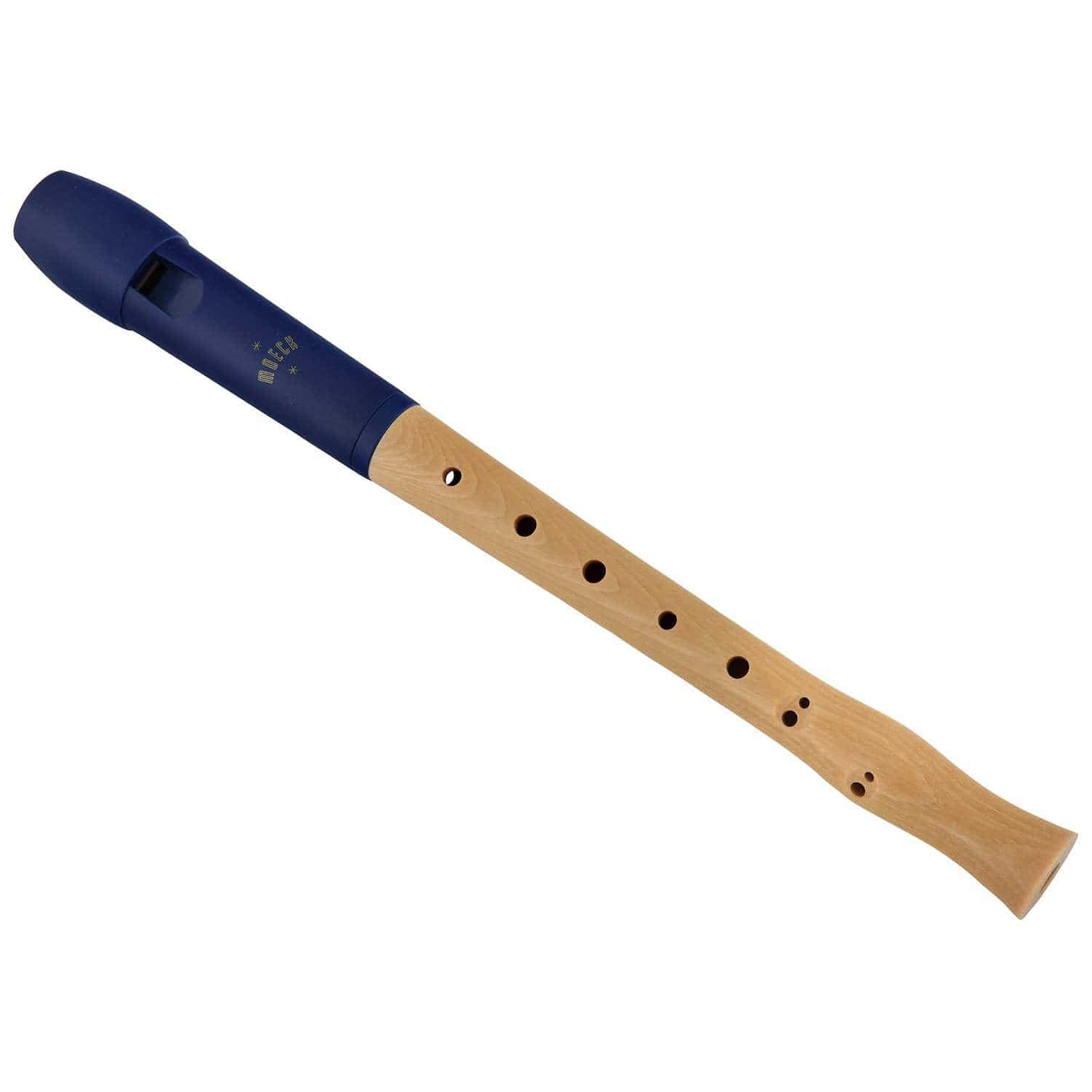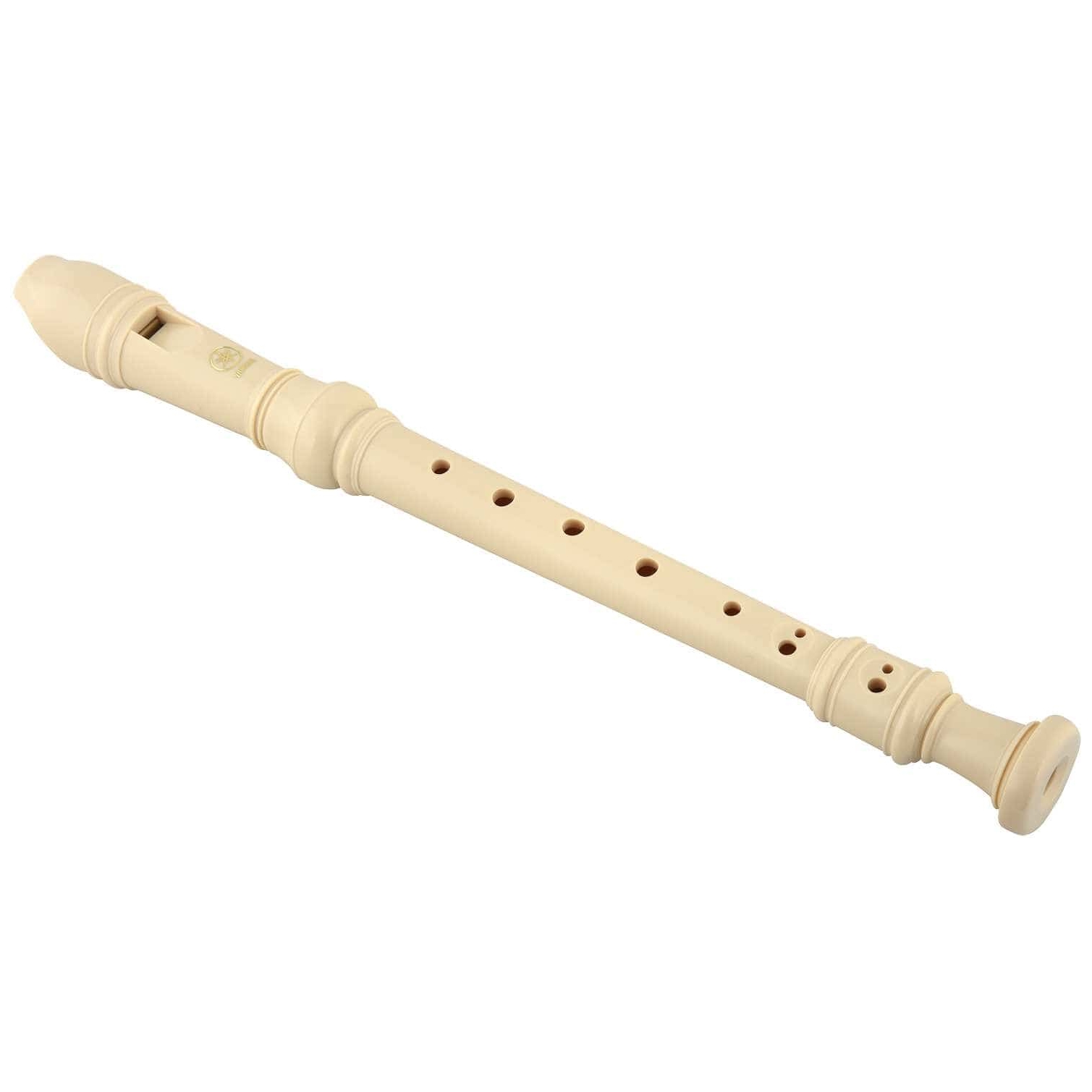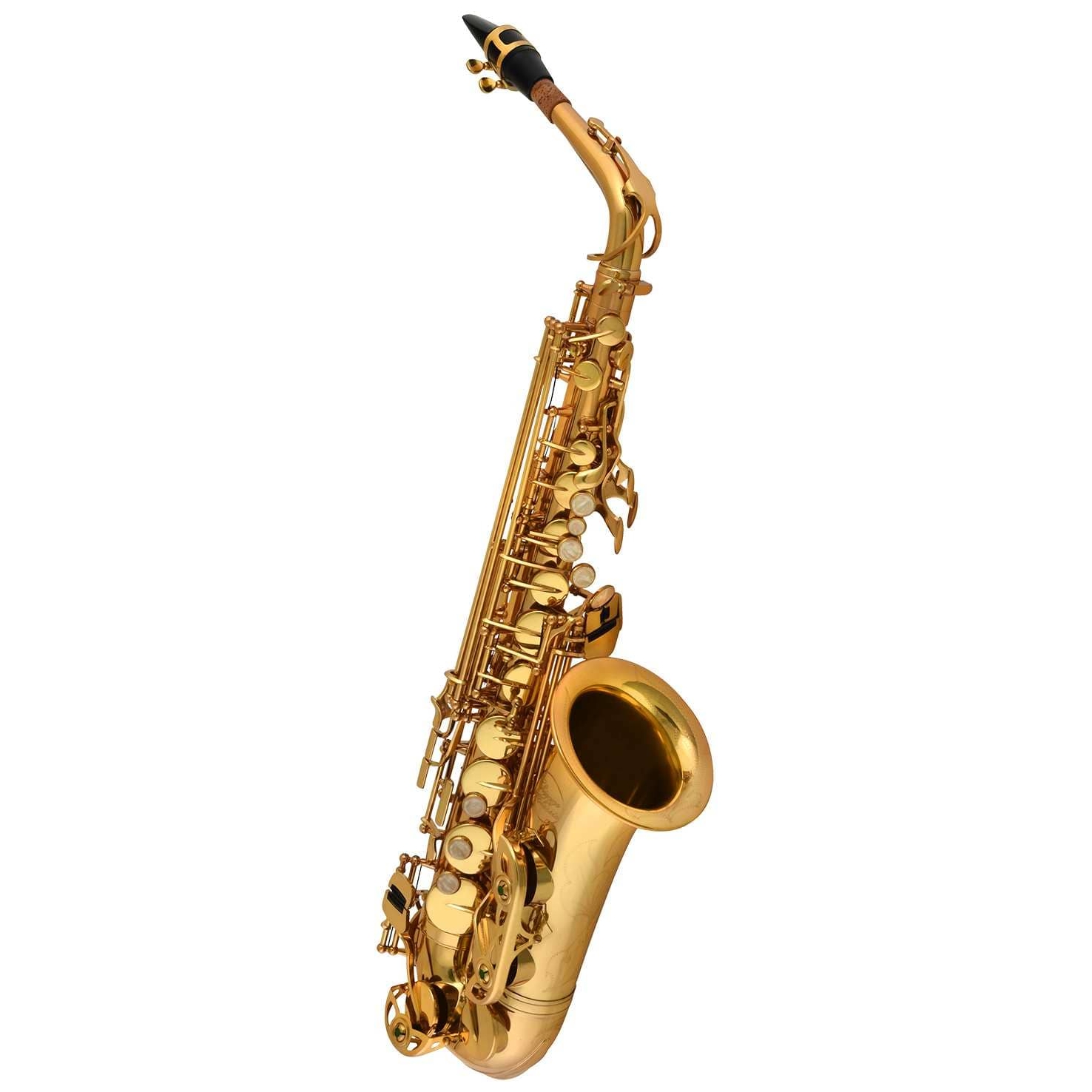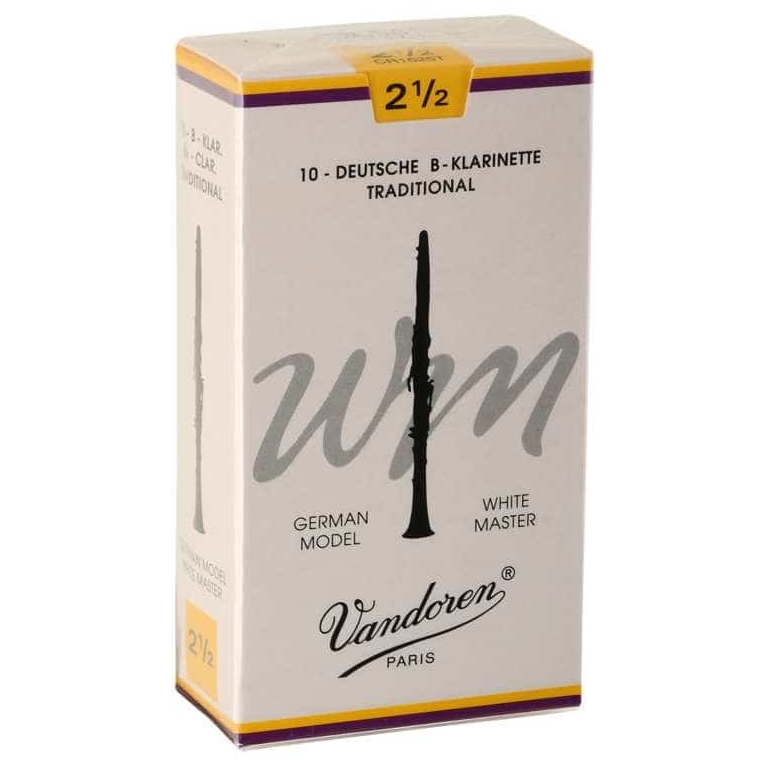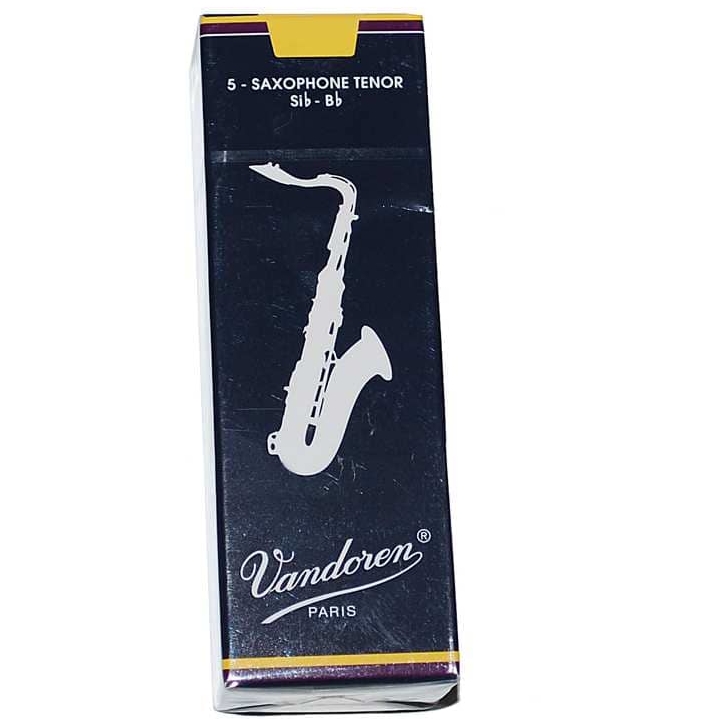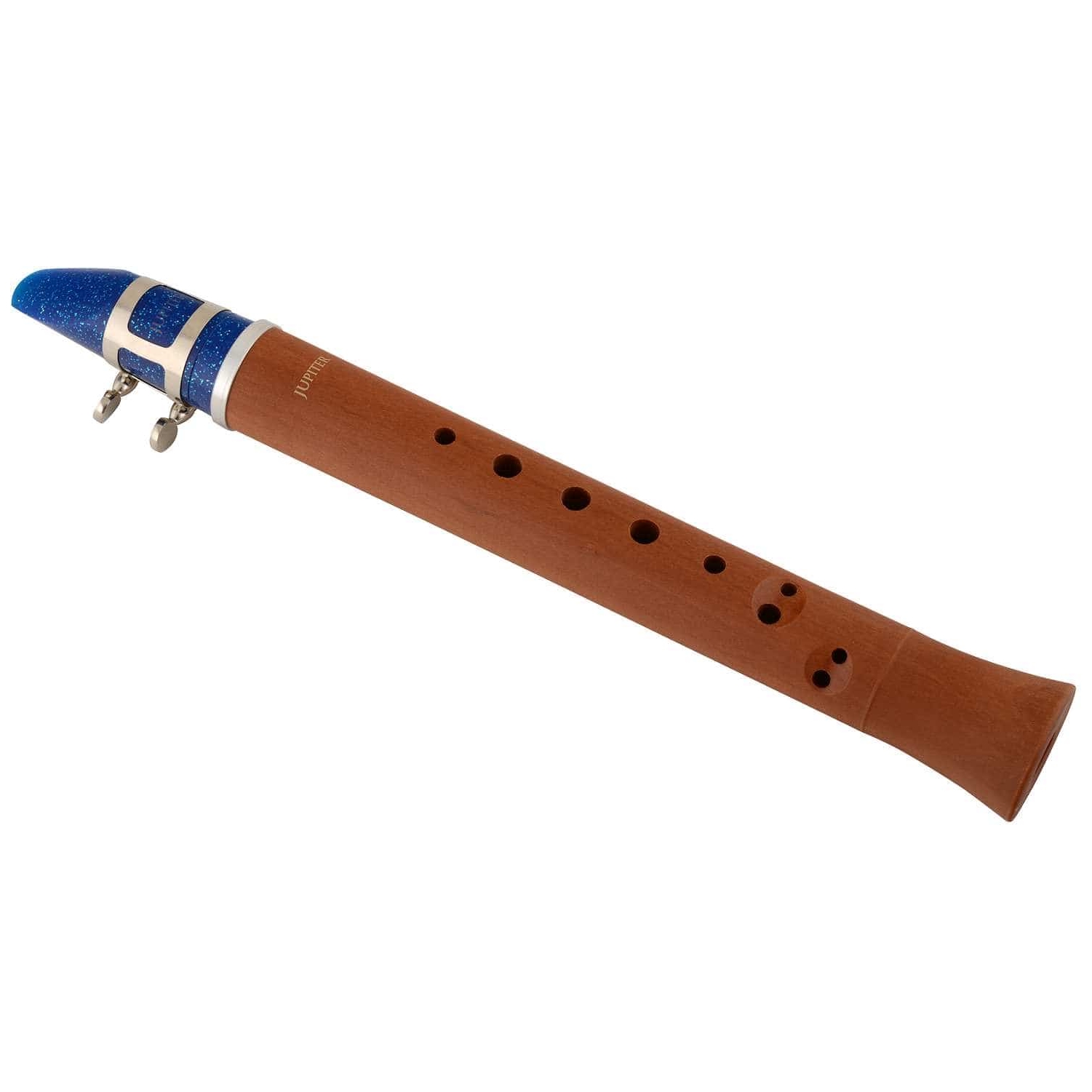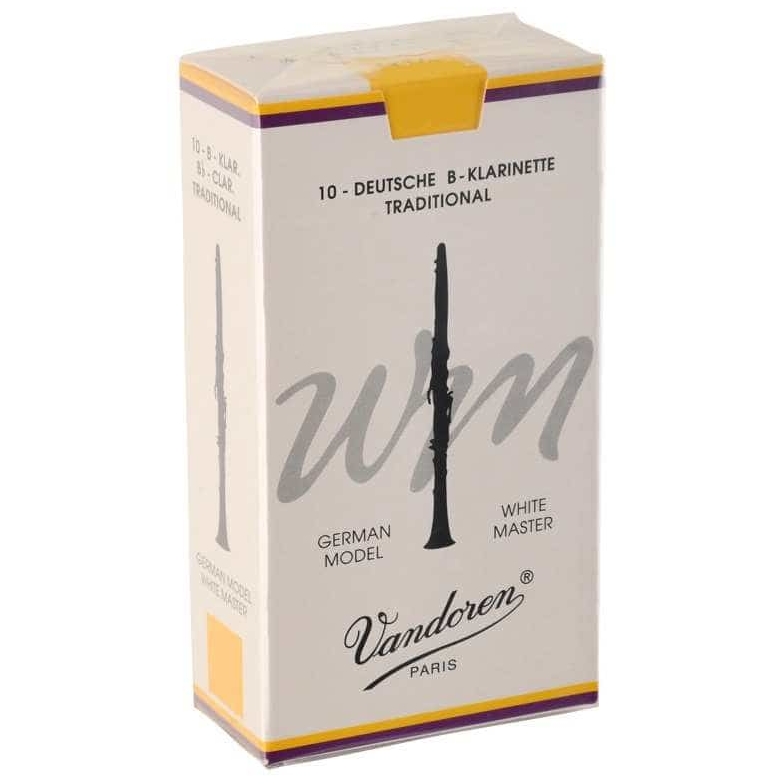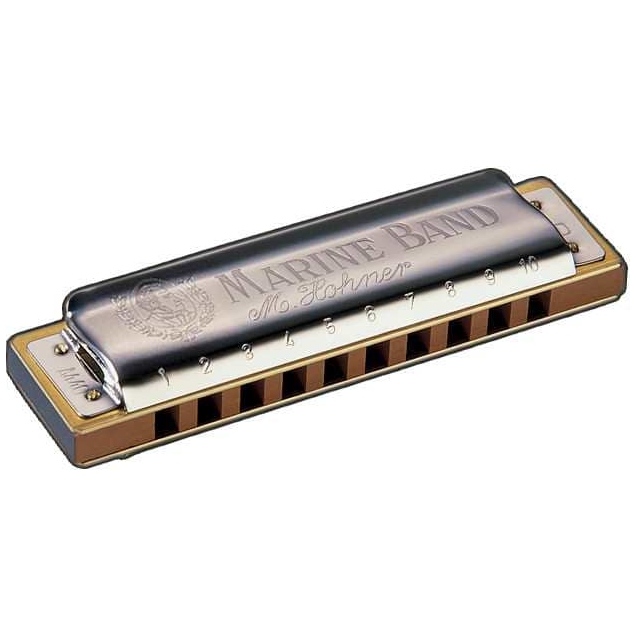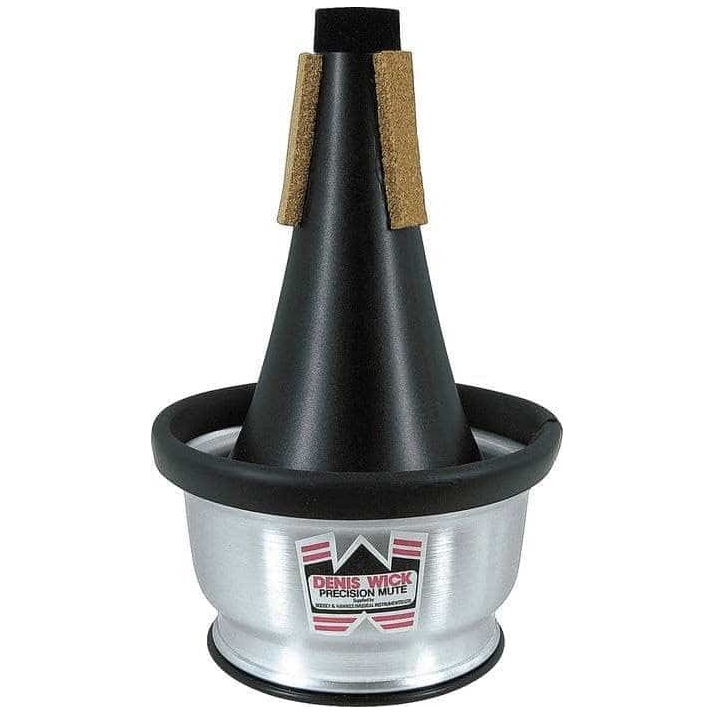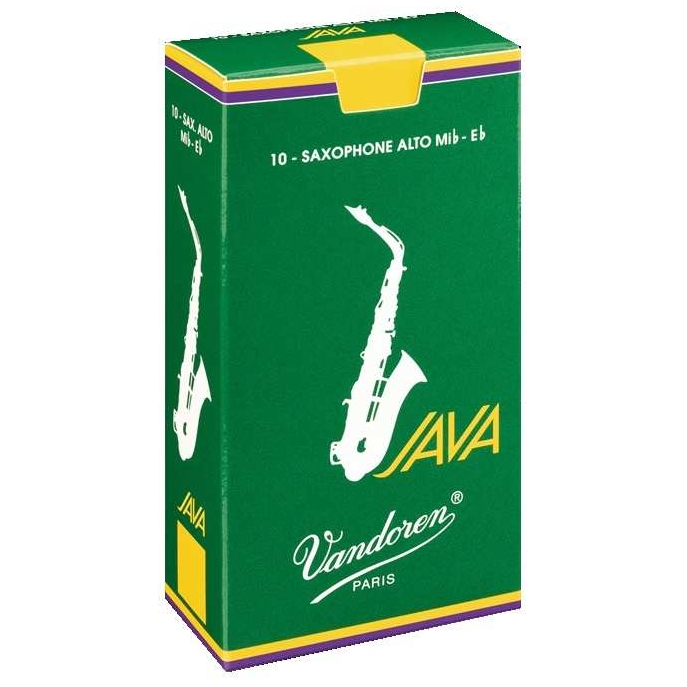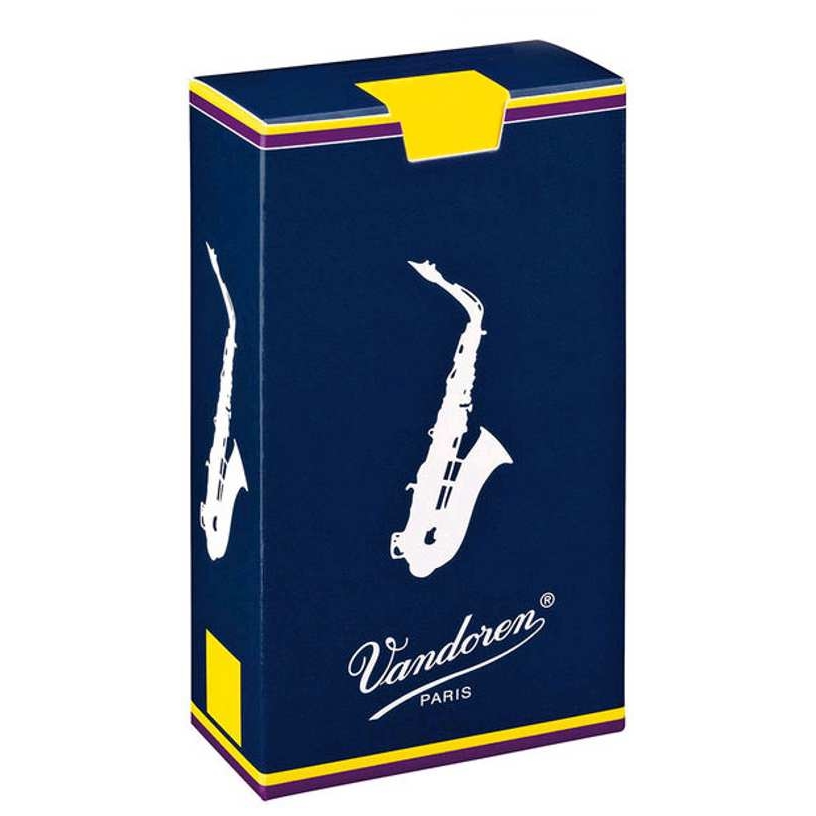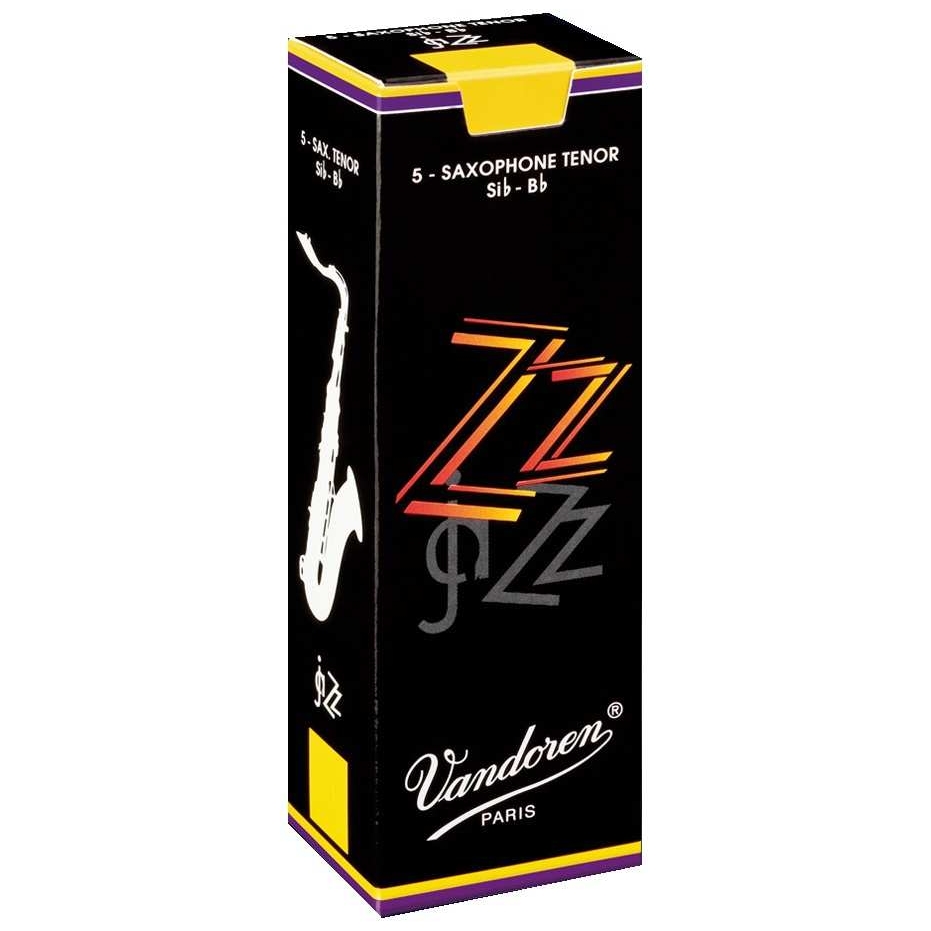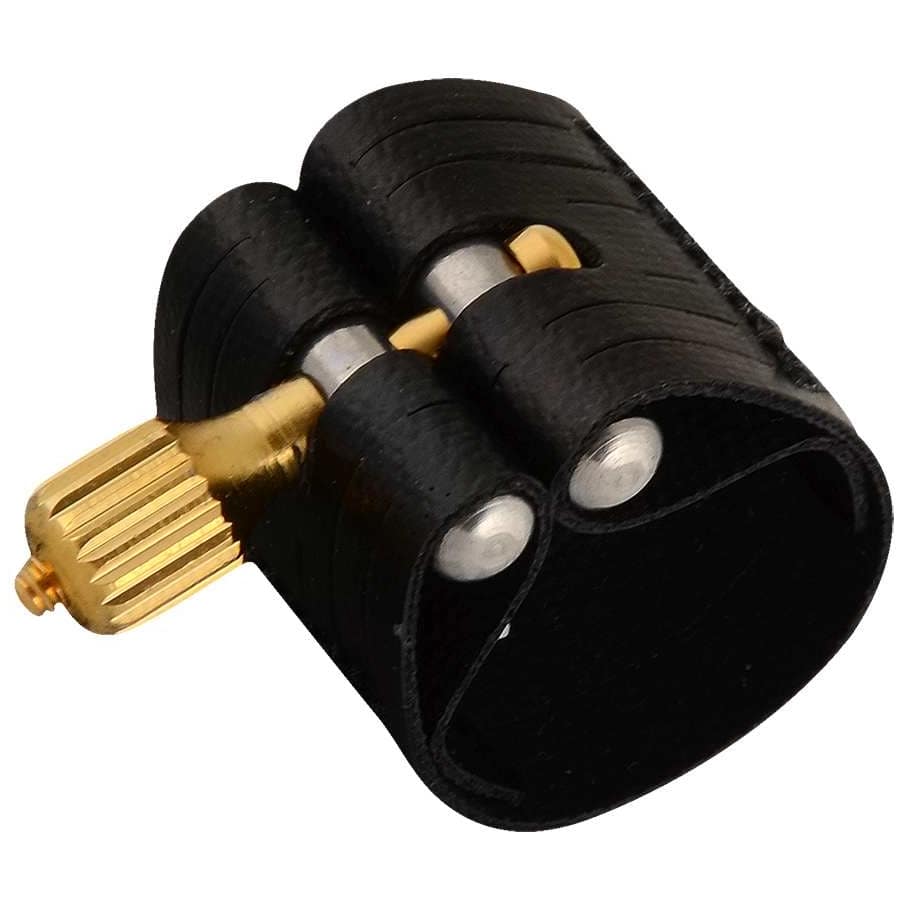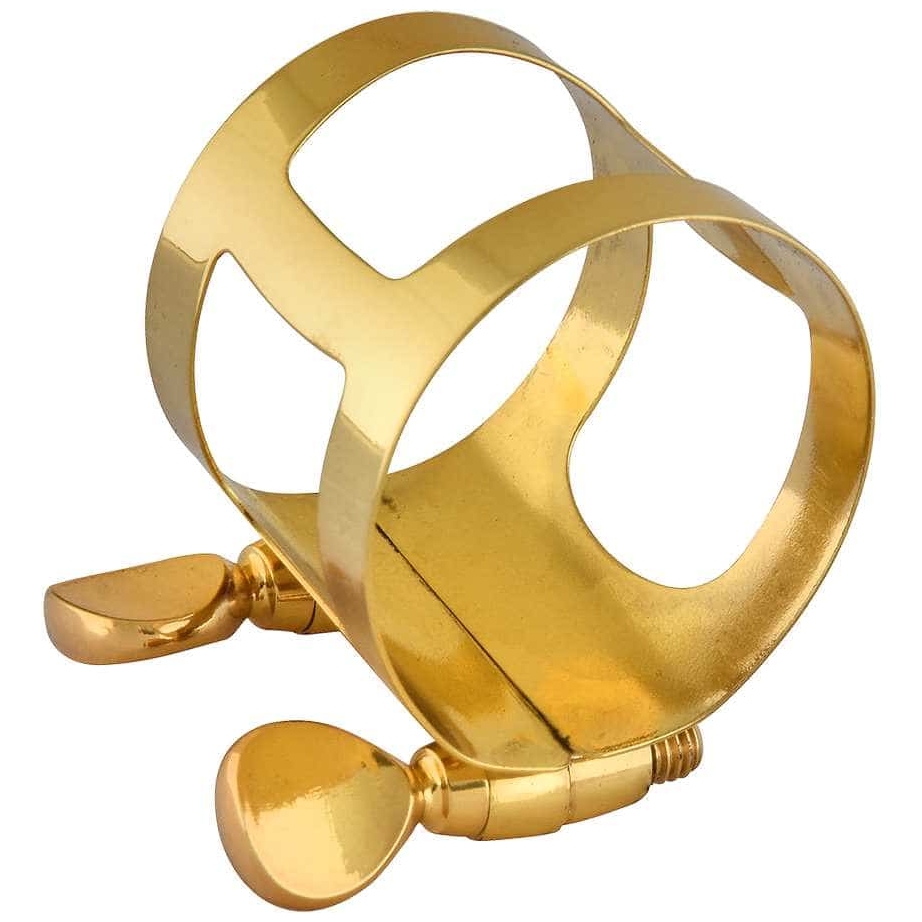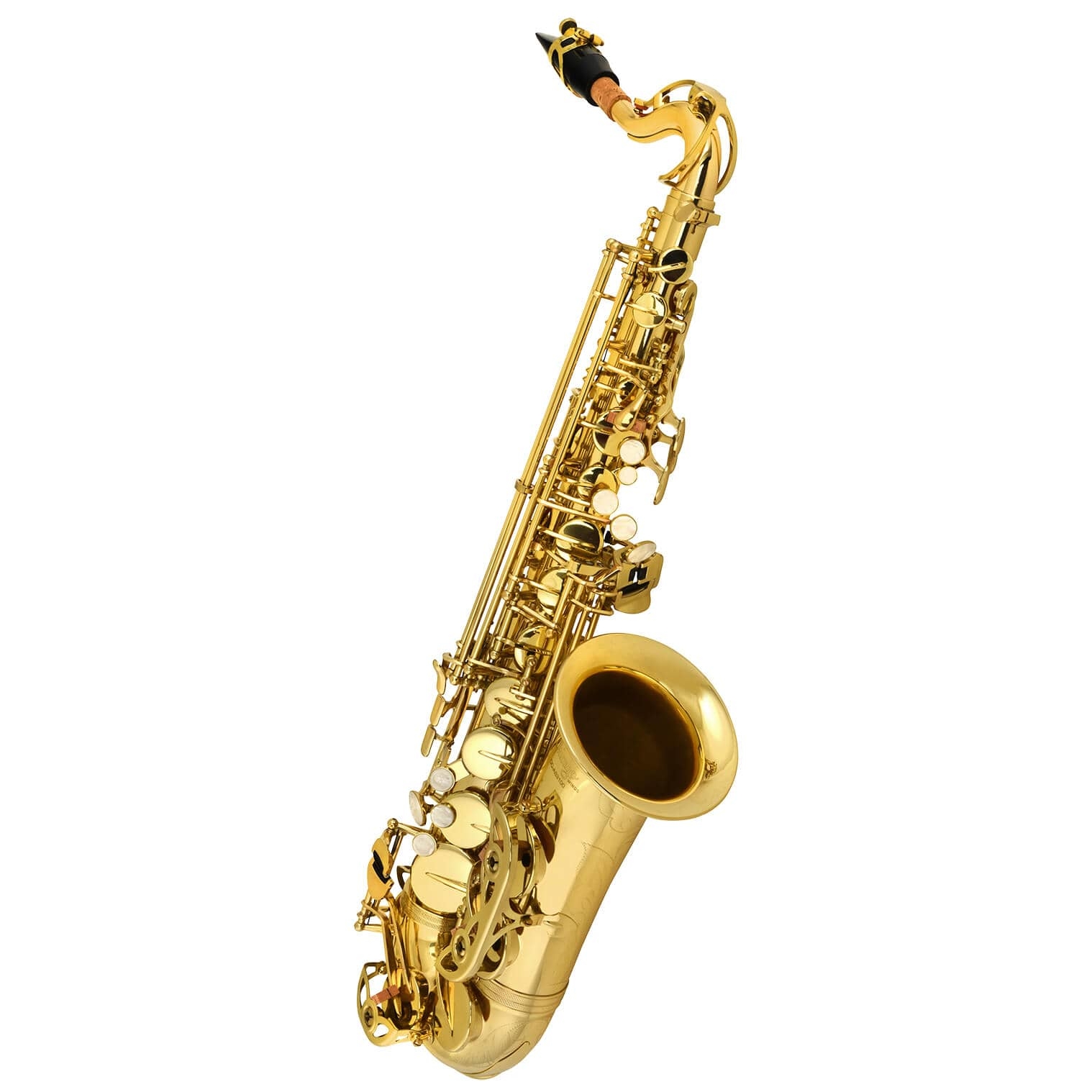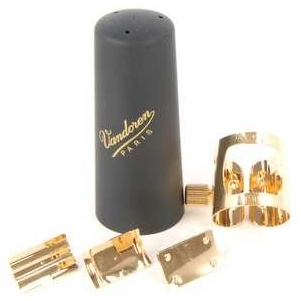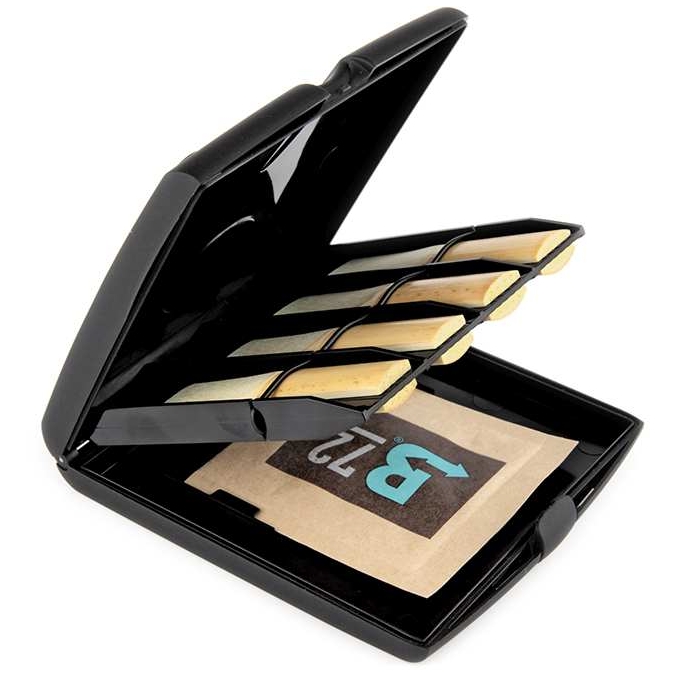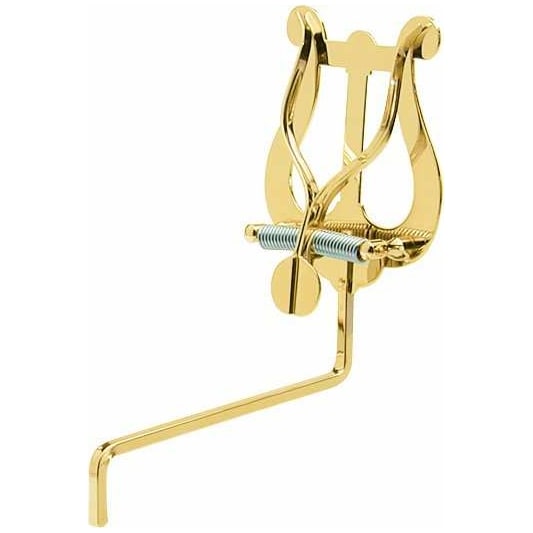Wind Instruments for Beginners
Anzahl 0
Woodwind Instruments
Anzahl 0
Brass Instruments
Anzahl 0
Harmonicas
Anzahl 0
Electronic Wind Instruments
Anzahl 0
Didgeridoos
Anzahl 0
Melodicas
Anzahl 0
Other Wind Instruments
Anzahl 0
Reeds
Anzahl 0
Mouthpieces
Anzahl 0
Bags & Cases for Wind Instruments
Anzahl 0
Mutes
Anzahl 0
Accessories for Wind Instruments
Anzahl 0
Rent instead of buying
Would you like to start playing a wind instrument, but don't yet know exactly which brass or woodwind instrument is right for you? To find out, we have the perfect offer for you. Discover our range of rental instruments now and start your expedition into the wonderful world of wind instruments!
Buy wind instruments at session
The immense diversity and richness of the wind instrument family as we know it today goes back to a history of development that goes back thousands of years. Archaeological finds made from pieces of antler and animal bones, which date back over 40,000 years, can be identified as the first aerophones, i.e. flute-like wind instruments. Over the course of development, the materials changed from bone and clay to wood, metal and plastic, which most wind instruments are made of today. However, the principle of sound creation and pitch change has remained the same since pre-Christian times.
Historical woodwind instruments
From the pan flute to the recorder
The flute was the most popular wind instrument among the ancient Egyptians, as can be clearly seen on ancient stone reliefs. It was initially used as a longitudinal flute. The blowing technique was probably the same as that still used today for pan flutes.
Several longitudinal flutes bundled together formed the first pan flutes. The tubes of different lengths were connected with wax or cords. This was later an instrument often played by shepherds in ancient Greece.
At the same time, a similar development probably took place in South America. Finds show that music was played there on flute-like instruments from early on.
Another form of flute development was the beaked flute. The sound is produced when the airflow hits a sharp edge through a narrow gap. The beaked flute developed into the recorder, which was the only flute played and known in European countries in the 16th and 17th centuries. To this day, the recorder is one of the most popular school instruments.
Double reed instruments
A double reed instrument that had a place in ancient Greek musical life was the aulos. While the aulos used to be classified as a flute instrument, today it can be proven that it was a double-reed instrument similar to the shawm. Even in the early designs it had an over-blow hole. The aulos consisted of two tubes lying next to each other that were drilled cylindrically. The instrument “quintated” – i.e., like the clarinets today, it passed into the duodecime. The sound was very bright and sharp. Without a doubt, the aulos is one of the most important forerunners of our modern woodwind instruments.
From the shawm to the saxophone
The shawm is a double-reed instrument of the Arabs that was introduced to Europe via Spain. The name comes from the double reed used (Latin calamus = reed, stalk; French chalumeau).
Built by family, the shawm group was called “Bomharde” or “Pommern” (French: bombarde = blunderbuss). Alto, tenor, bass and double bass Pommers were used. Today's oboe, which can be viewed as the oldest instrument in today's woodwind family, emerged from the Old Pomeranian period. Similar instruments are known from pre-Christian times. However, many centuries passed before it was expanded to its current form .
During the Baroque period, the dulcian was a popular instrument. Similar to the Pomeranian, it also had a double reed. Its use is first documented in northern Spain, where it was often used as a dance instrument together with the snare drum as accompaniment. The Dulzian is the forerunner of today's bassoon, although at least the design was also adopted from the Basspommer.
In 1690, Johann Christoph Denner developed a completely new instrument from the French shawm: the clarinet, which quickly became very popular due to its large tonal range. Another woodwind instrument that is very popular today comes from the clarinet, the saxophone, which was invented by the Belgian Adolphe Sax in 1840.
Modern woodwind instruments
This is how the well-known and popular family of woodwind instruments came into being, which includes the transverse flute, oboe, bassoon, clarinet and saxophone, as well as of course the recorder. At session , we offer everything in our comprehensive range of wind instruments, from simple entry-level instruments to professional grade instruments, as well as a wide range of useful accessories such as reeds, mouthpieces, instrument cases and stands. Our service packages also include a free check and adjustment service one year after purchasing the instrument. Here you will also find valuable tips on cleaning and caring for woodwind instruments and caring for brass instruments in our brochure for free download.
You can find even more information, tips and tricks on the theme of wind instruments and accessories in our guides to wind instruments .
Large selection
From pick to amp, from stick to kit: we are your one-stop shop for everything you need!
 Trusted Shops: 4.84/5,00 (10085)
Trusted Shops: 4.84/5,00 (10085)


